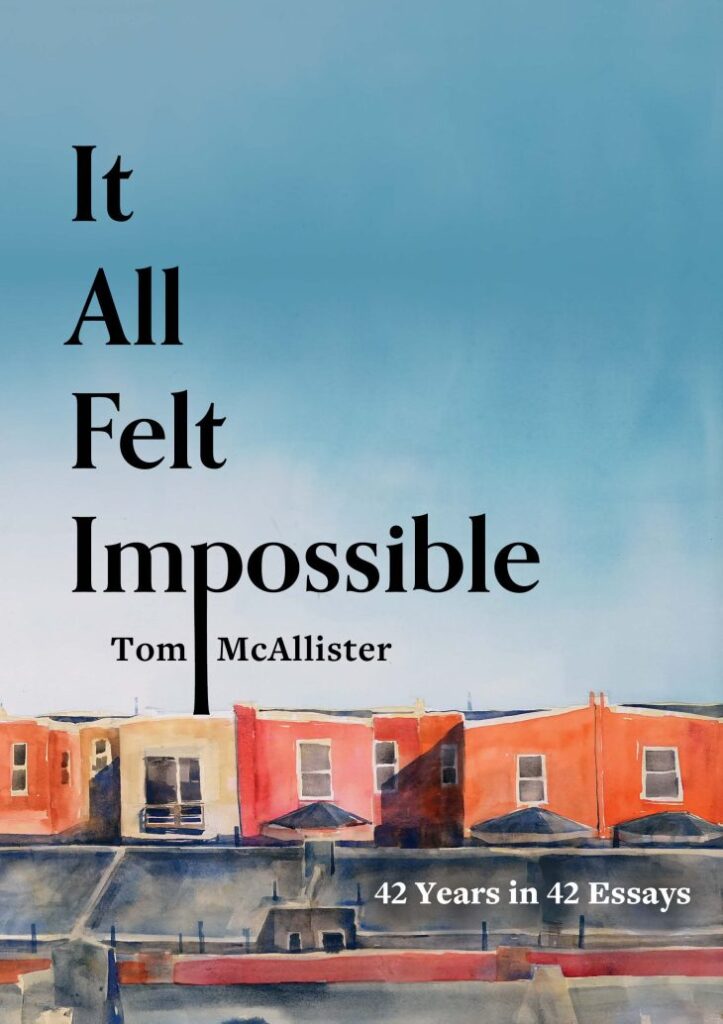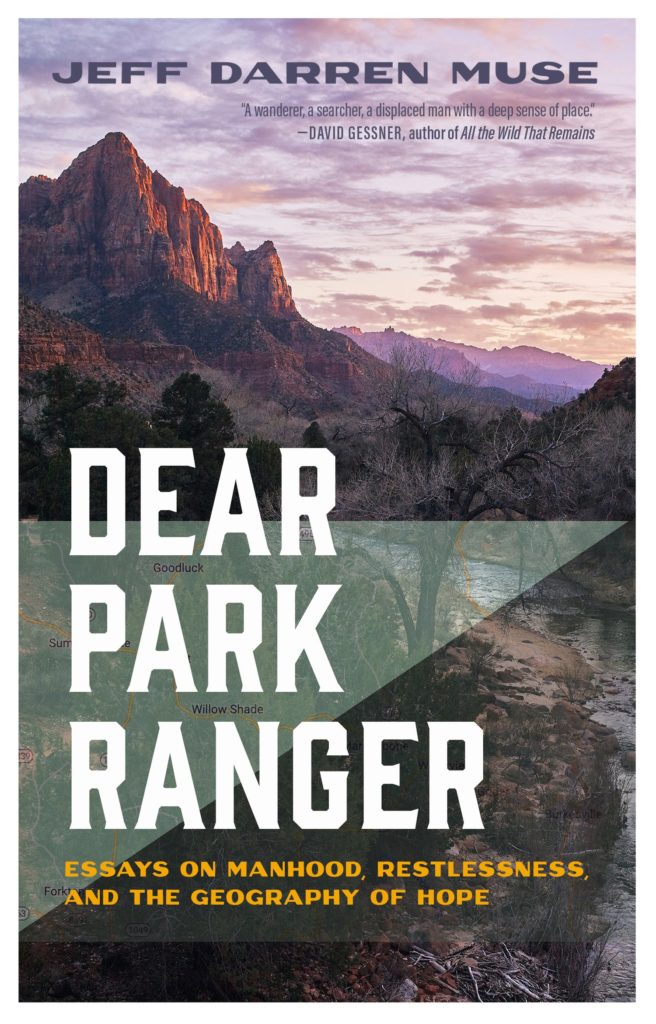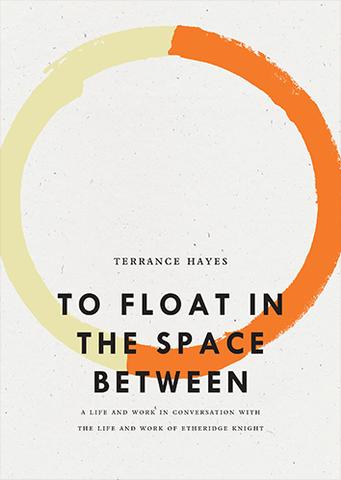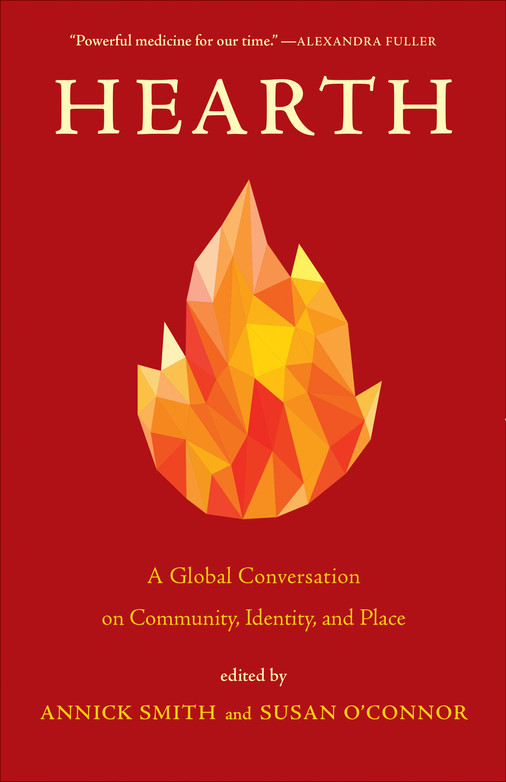By Lanie Tankard
on Sublime Physick: Essays by Patrick Madden
“Spit” is Patrick Madden’s lead essay in his latest collection, Sublime Physick. The next eleven pieces (seven previously published) shift from forceful ejection of saliva to empathy, recognition, physics, and elevators. Three compositions focus on lost children. Cave paintings, Tarot cards, time, voyages—these subjects, too, with a little music and mortality thrown in plus photos and illustrations. Male zipper negligence? Why not?! The topics range far and wide, proving no theme is off limits for this wordsmith.
Madden’s three-quote epigraph defines his approach. “I study myself more than any other subject,” Michel de Montaigne; “…invert our eyes and practice a sublime astronomy in the infinitude of our hearts,” Léon Bloy; and the “essayist’s habit of . . . telling you how he came by” his thoughts, Alexander Smith. Combining these tactics brings Sublime Physick close to both cognitive and humanistic psychology.
Madden talks to himself about his writing process in the essays, as though perched on his own shoulder and directing his ideas. Via this monologue, he develops a leitmotif: the conscious craft of writing an essay. He dialogues with famous essayists living and dead—and then creates a trialogue when he invites us to join in with the phrase “Dear Reader,” a heads-up that he’d really like a little help here, folks, in lifting these heavy thoughts.
Early on, Madden says he’s “always willing to let my subject find me.” In each piece, his expansion of the core idea follows a mazelike path. Unlike Theseus, however, the reader needs no thread to emerge from the labyrinth, for Madden has plotted his map coordinates and remembers his route.
“Fixity,” the book’s final essay, is a case in point. Madden meanders through Greenwich, England, spotting a family gravesite from the 1700s. Pondering those children’s deaths, he shares his recent panic when his daughter vanished after school. Police readied an Amber Alert—but she appeared, having taken a different way home. Still strolling the world’s prime meridian, Madden contemplates the “need to anchor ourselves in time and space, to feel we belong somewhere,” as he recounts the history of longitude. He calls the thought-gathering process “orbiting ideas held together by their own gravity.”
What seemed non sequiturs earlier slowly assume gravitational force as Madden positions his soon-to-be-born son “111 degrees 52 minutes 24.1608 seconds west” of Greenwich in his mother’s womb. With a crescendo, Madden underscores that significance: he connects the sorrow of a prior pregnancy that did not go full term. One child lost, another child found: “The great uncertainty that is life,” he writes. Linking concrete and abstract, head and heart, Madden offers us his soul. Such a style elicits our own memories, heightens awareness of life’s minutiae, and deepens our understanding of their connectivity.
“Perhaps I am never more alive than when I am essaying,” he confides. No secret, he reveres essayists—particularly Montaigne. Madden would invite him over to his home in Provo, Utah, were Montaigne still alive. In 2008, Madden did invite Uruguayan writer Eduardo Galeano, who died last year. Known for his political essays on Latin America, Galeano did a reading at Brigham Young University (where Madden teaches) during his U.S. book tour. He had dinner at Madden’s home and the duo embarked on a perilous hike to explore a cave, which Galeano later honored in an ode to stalactites, called “Caves,” and Madden describes in his “Empathy” essay here.
“I have a gift for choosing obscure, off-putting titles,” Madden acknowledges in another essay, “Fisica Sublime,” an Italian term he converted to “Sublime Physick,” also his book’s title. The words signify the bond between the physical (or natural) world and the metaphysical. He believes “essays perform a kind of sublimation of the solid; from the concrete, they attain abstraction.”
At times, Madden’s self-awareness can distract a reader from the very thoughts those words are meant to convey. So, too, can his self-comparisons to other essayists, even though, he notes, they “recognize our debts to our forebears and like to carry on conversations with them long after they’re dead.” He has a penchant for competing with Montaigne throughout Sublime Physick, particularly in “Independent Redundancy” when he pats himself on the back for elongating his essay to more than 30,000 words. It’s “approximately the length of Montaigne’s longest essays,” he beams.
He marvels at his sentences that stretch a great distance as well: “I’ve learned to write long, sinuous sentences.” And later: “I can craft very long sentences without losing sense.” Such lengthy constructions, however, occasionally hide his marvelous turns of phrase, which he might have highlighted a bit more by varying sentence lengths. Copious self-awareness sometimes restricts Madden’s voice through stylistic tricks: “I could go into more but I really should end this sentence.” Grant him this: He does have the moxie to use his daughter’s sixth-grade writing critique software on his own words and to hear there’s room for improvement in his sentence fluency.
A few more paragraph breaks sprinkled throughout large blocks of type in many essays would have differentiated numerous quotations more clearly from Madden’s text. Quotes are the same size and typestyle—no boldface, italics, or quotation marks—and they sport the same three-space indentation. At times, I had to go back to determine just whose words I was reading. And, ahem, how did Carey Grant instead of Cary make it past a copyeditor? Minor nitpicking though.
“A genuine essay . . . is the movement of a free mind at play,” writes contemporary essayist Cynthia Ozick, a quote Madden includes in his book. Precisely. Madden’s impressive essays follow a thought as it floats on his stream of consciousness, pausing along the way to consider the wake pattern it creates. Getting in your own canoe and paddling after him is not a bad way to relax.
“There have never been enough essayists,” he muses. Perhaps he’s right. Patrick Madden and his tribe may be the ones who can keep us from capsizing amidst the political turbulence, hate-filled rhetoric, and violent events that roil the news and our lives every day.
Sublime Physick: Essays by Patrick Madden
University of Nebraska Press
$24.95 hardcover | Buy Now!
Lanie Tankard is a freelance writer, editor, and researcher in Austin, Texas. She’s been production editor of Contemporary Psychology book review journal, creative writer for Lewis Advertising Agency, and editorial writer for the Florida Times-Union. She taught newswriting at Texas State University and editing at the University of Texas, as well as ESL in Micronesia. Her writing has appeared in Chicken Soup for the Soul, Real Women Write, Story Circle Journal, True Words, Austin American-Statesman, Florida Times-Journal Magazine, and Women’s Memoirs.





































































































































